In this work an acoustic-based algorithm for locating illegal firework launches was developed. Given the sounds from the firework’s launch flight and explosion, which are recorded by a microphone array, the launch point must be located. The main challenge is that, unlike existing geopositioning algorithms, which assume that the distance between the microphones in the array is of the same order of magnitude as the distance from the microphones to the source, in our case, the distance between the microphones is negligible compared to the distance from the array to the source. In addition, the result must be calculated within a few seconds.


 Acoustic-Based Depth Estimation for Underwater Transmitter Localization
Acoustic-Based Depth Estimation for Underwater Transmitter Localization
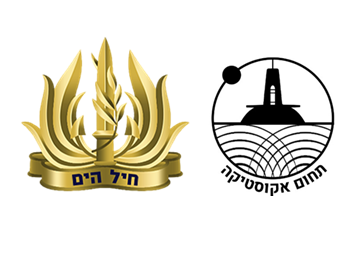
 RTF Estimation Using Riemannian Geometry for Speech Enhancement in the Presence of Interferences
RTF Estimation Using Riemannian Geometry for Speech Enhancement in the Presence of Interferences



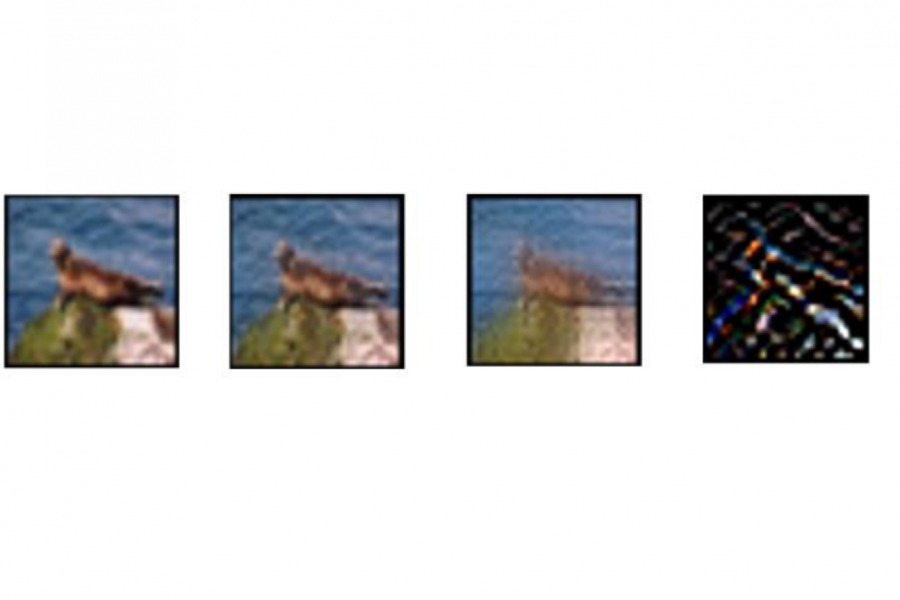

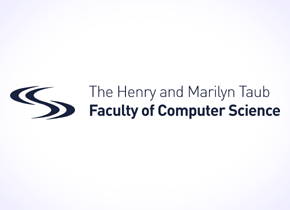

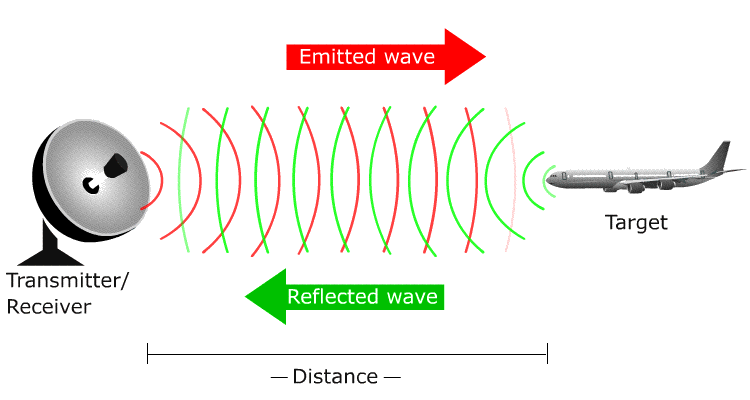

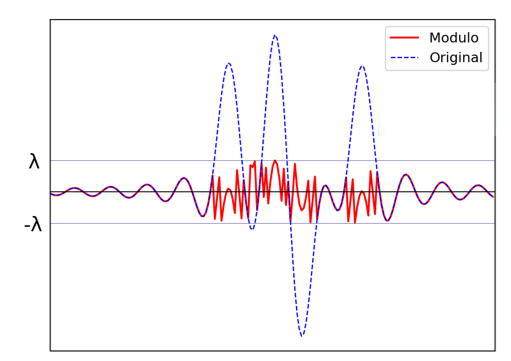
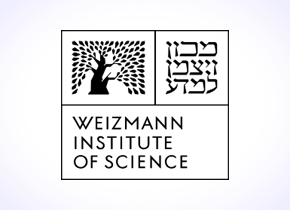
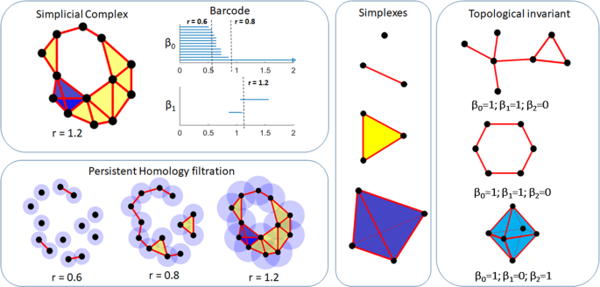
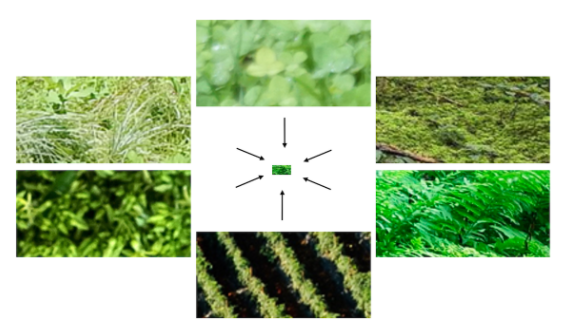


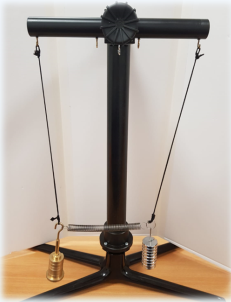
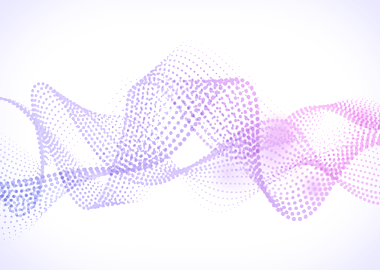
 Multipath Medium Identification Using Efficient Sampling Schemes
Multipath Medium Identification Using Efficient Sampling Schemes

 Embedded System for 3D Shape Reconstruction
Embedded System for 3D Shape Reconstruction
 Generalized Sampling and Optimal Method for Image Scaling
Generalized Sampling and Optimal Method for Image Scaling



